Utkarsh Patel
"Dummy Grandpa, do you know anything?": Identifying and Characterizing Ad hominem Fallacy Usage in the Wild
Sep 05, 2022
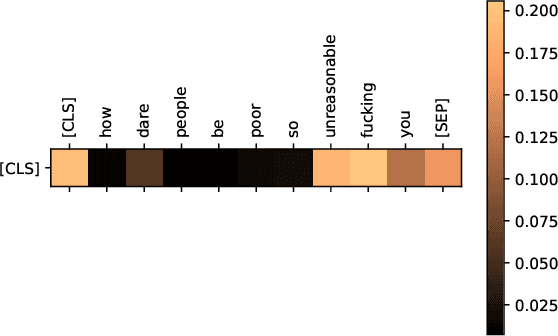
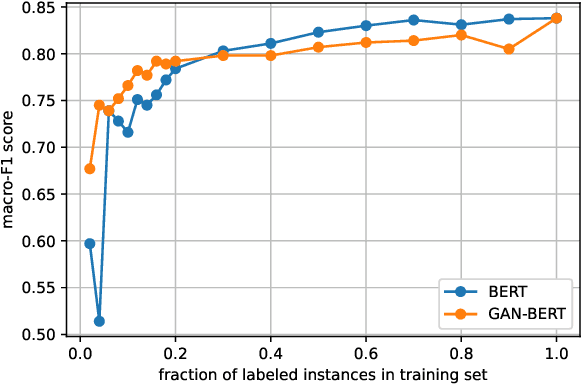

Abstract:Today, participating in discussions on online forums is extremely commonplace and these discussions have started rendering a strong influence on the overall opinion of online users. Naturally, twisting the flow of the argument can have a strong impact on the minds of naive users, which in the long run might have socio-political ramifications, for example, winning an election or spreading targeted misinformation. Thus, these platforms are potentially highly vulnerable to malicious players who might act individually or as a cohort to breed fallacious arguments with a motive to sway public opinion. Ad hominem arguments are one of the most effective forms of such fallacies. Although a simple fallacy, it is effective enough to sway public debates in offline world and can be used as a precursor to shutting down the voice of opposition by slander. In this work, we take a first step in shedding light on the usage of ad hominem fallacies in the wild. First, we build a powerful ad hominem detector with high accuracy (F1 more than 83%, showing a significant improvement over prior work), even for datasets for which annotated instances constitute a very small fraction. We then used our detector on 265k arguments collected from the online debate forum - CreateDebate. Our crowdsourced surveys validate our in-the-wild predictions on CreateDebate data (94% match with manual annotation). Our analysis revealed that a surprising 31.23% of CreateDebate content contains ad hominem fallacy, and a cohort of highly active users post significantly more ad hominem to suppress opposing views. Then, our temporal analysis revealed that ad hominem argument usage increased significantly since the 2016 US Presidential election, not only for topics like Politics, but also for Science and Law. We conclude by discussing important implications of our work to detect and defend against ad hominem fallacies.
Virtual SAR: A Synthetic Dataset for Deep Learning based Speckle Noise Reduction Algorithms
Apr 23, 2020
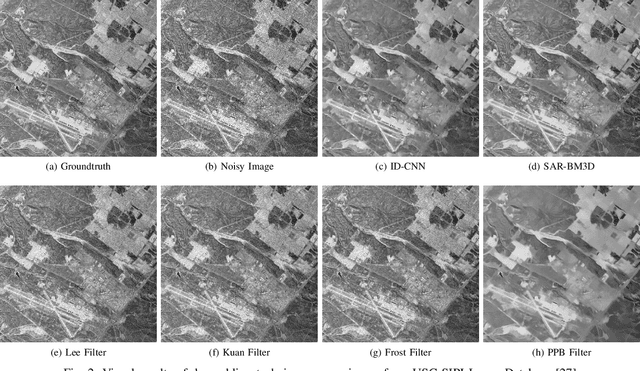

Abstract:Synthetic Aperture Radar (SAR) images contain a huge amount of information, however, the number of practical use-cases is limited due to the presence of speckle noise in them. In recent years, deep learning based techniques have brought significant improvement in the domain of denoising and image restoration. However, further research has been hampered by the lack of availability of data suitable for training deep neural network based systems. With this paper, we propose a standard way of generating synthetic data for the training of speckle reduction algorithms and demonstrate a use-case to advance research in this domain.
Setting Up the Beam for Human-Centered Service Tasks
Oct 18, 2017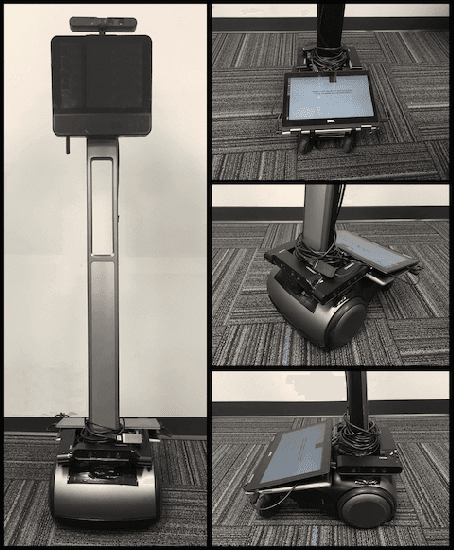
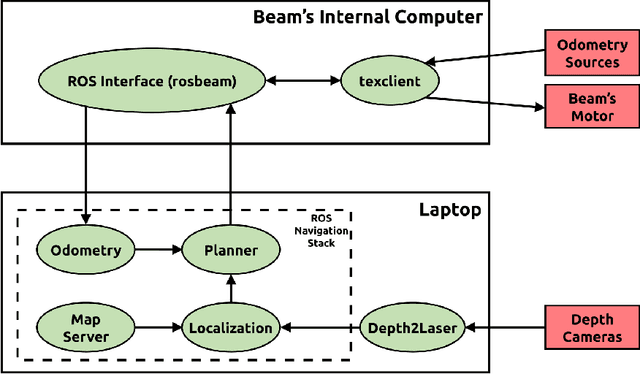
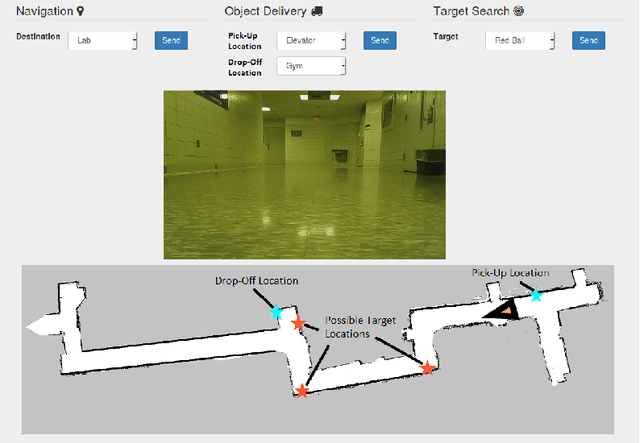
Abstract:We introduce the Beam, a collaborative autonomous mobile service robot, based on SuitableTech's Beam telepresence system. We present a set of enhancements to the telepresence system, including autonomy, human awareness, increased computation and sensing capabilities, and integration with the popular Robot Operating System (ROS) framework. Together, our improvements transform the Beam into a low-cost platform for research on service robots. We examine the Beam on target search and object delivery tasks and demonstrate that the robot achieves a 100% success rate.
 Add to Chrome
Add to Chrome Add to Firefox
Add to Firefox Add to Edge
Add to Edge